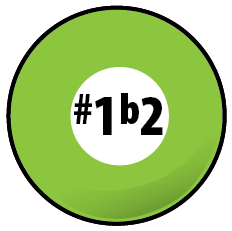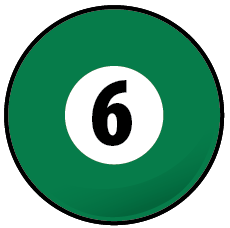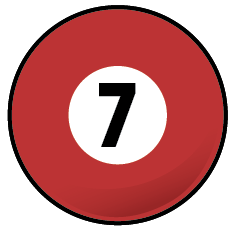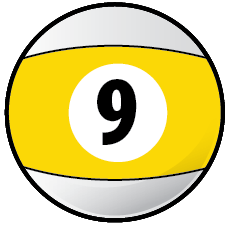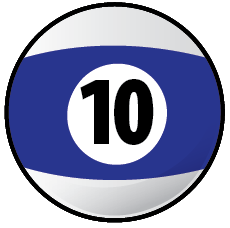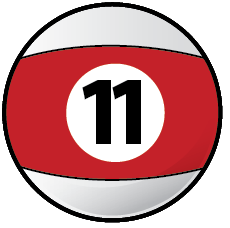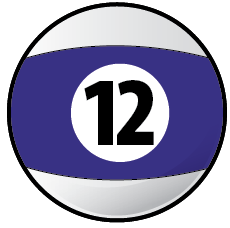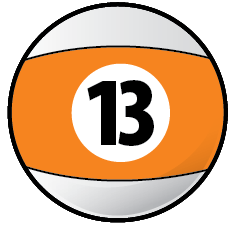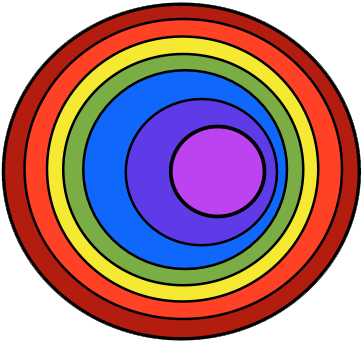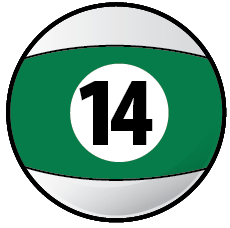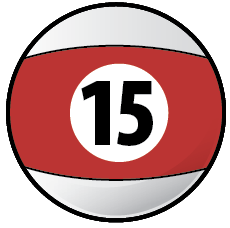~ Fifteen ~ 'double octave' ~
'ascending upward from our fundamental tonic One pitch for two full octaves, to its perfect closure ...'
|
In a nutshell. Two full octaves and perfect close. In theory, a perfect sounding nut in a perfect math shell. |
So why 15? In reaching the number fifteen in this section of this theory primer, we have ascended by arpeggio to a point two full octaves above our starting pitch. Never seen this number in any chord symbol anywhere in the American songbook. Know that anything theory wise as Fifteen would be the same and more commonly labeled as One and / or Eight. |
And again of course, no real surprise here. So up an octave and leave it out? Pretty much; Ten, Twelve, Fourteen and Fifteen, all share this obscurity. For while they are crucial intervals in making Americana musics happen, they global be known by their lower number doppelganger :) Please examine the letter pitches and their corresponding numbers of two full octaves thinking C major, followed by their arpeggio. Example 1. |
|
|
 |
Sing along, learning to read. Might as well get a 'two for one' here and learn to read rhythm symbols and pitches together, pick a few melodies to learn. Here are the pitches for the treble clef. Example 3. |
 |
Again the perfect closure. And again the rote learning method of repetition. Wonderful thing about rote learning something is that we'll generally only have to do the work one time solid, and we'll have that knowledge forevermore :) |
Symmetrical Dorian loop is perfect. Another way we can get clear up two full octaves to 15 and perfect closure is by creating an interval loop with minor 3rd / major 3rd / minor 3rd / major 3rd till our loop closes back upon its starting point. Please examine the pitches as this symmetrical interval sequence creates Dorian minor. Thinking D Dorian minor. Example 2. |
|
 |
Any Dorian grouping in minor and major 3rds? Will any Dorian grouping filtered thus arrive with perfect closure up the two octaves? Could very well be. Is there a Yang to this Yin or vice versa? A perfect symmetrical loop of alternating major and minor 3rd's that creates and sounds of a more major grouping? There is. Any guesses as to its tonal character and theory labeling? |
What Charlie Parker heard? Written legend has it, that a younger Mr. Parker, while warming up alone backstage before a performance, was 'running the changes' to the standard song "Cherokee", when he discovered that the ...
So above the 7th and into the upper tetrachord? Exactly. Some cats term this to 'solo through the changes.' Perhaps in simple form something like this. Example 3. |
 |
Cool ? Sound familiar? Yea, very clear. And simply, a similar arpeggio is diatonically available for each chord in a song's chord progression. Wait, for each chord, plus the blue notes too? On every chord? And each are different? Yep, yep and plus the blue notes too. While the pitches remain the same within a key center, the root pitch of each chord determines the pitch sequence for each arpeggio. And color tone alterations will also create some variance to be aware of. Know that combining the diatonic, key center pitches and the blue notes together, form up the core group of pitches for all Americana musics. This is the basis of soloing through chord changes and 'jazzing it up' as the saying once go'ed. |
Arpeggiating the Two chord. So Parker got his arms completely around the diatonic resource by arpeggiating the Two chord? Yep. And the One and Five chords, and Three, Four and Seven chords, and the ones in between all of these plus all of the blue notes, blue notes too. Yep. So all of the above, the whole tamale, all woven to create the diatonic resource of his day. Same today? Seventy years later ? Yep :) For Mr. Parker, as an up and coming player, knew elder statesman tenor master Coleman Hawkins, who pioneered this arpeggiated style idea in the later 1930's, for creating improvised melodic line, an arpeggio shaped lick over every chord change in a song. Mr. Hawkins did it first, and in a ballad tempo. Thus, very clear to discerning ear. Mr. Parker double timed the idea and its riffs, making it go twice as fast, and this improvisational approach becomes bebop :) |
Within a few years, this new approach became a game changer for Americana jazz. Mr. Hawkins' solo on the standard ballad tune "Body and Soul", recorded in 1939 in NYC, set cats off on a new pathway that Parker not only couldn't resist, but followed for a decade or so into the land of kings, that then become legends, to the top of NYC show biz stardom and to lands beyond. Here's a wikipic of the club named in Mr. Parker's honor.
|
|
The basics. Isn't this last musical idea a bit vanilla for the likes of 'Hawk and Bird' let alone any jazz artist? Sure is. Just that this plain old giant vanilla arpeggio covered all the diatonic pitches and maybe just sounded more as if it wanted to resolve. In doing so it initiates a stronger sense of forward motion and its attendant tonal gravity; the idea of going towards something, somewhere in the future using musical sounds. Doesn't even the ii-7 arpeggio do this? Yep but not like the full running of the chord into its upper structure and color tones. Here's the line again, give it a listen. Example 3a. |
 |
Mr. Parker not only extended ii-7 to include Nine, Eleven and Thirteen, their half step alterations and blue notes hues as did Mr. Hawkins, Mr Charlie projected all of this on nearly every chord of every tune, at twice or beyond the usual tempos for his times and is known to have hardly, if ever, miss a beat. This depth of knowledge and strength of performance is the basis for the bebop we study today. Perhaps Americana's most difficult genre of jazz, getting some understanding of bebop, and some of it under the fingers too, usually creates a humbling perspective within emerging, aspiring jazzers, of what is possible within the art, as well as with diligent practice. |
V7 color tones and the blue notes. Now take all this diatonic Two chord arpeggio resource and swap out for any of the possible combinations of V7 color tones and their blue notes. For around these times, in the 1940's, the sleeker Two / Five cadential motion truly becomes the chord cycle that can easily move around chord cycles and key wise at the accelerated tempos of bebop. |
Then as musicians ourselves, we can begin to approximate Parker's contributions. In learning to perform his music, the bebop of the 40's, we each realize the strength of the player necessary to create the lines of bebop. And off to the shed we go. |
|
So is bop the top? For many reading here it sure is. For the performance of the music demands top chops at blistering tempos. It swings in a new way for advancing players, and sets the tools in place to advance to the more polytonal cycles than diatonic and chromatic. Chances are bop players can technically and professionally handle any improvisational gig. |
So scour around to find then flip open the Charlie Parker Omibook to any page and discover his fully chromatically enhanced yet fully diatonic approach to soloing through the changes. Did Parker explore every nook and cranny of the diatonic pie? The sounding of 'anything from anywhere' within an essentially 12 pitch diatonic realm ? |
"I don't know if Charlie Parker was the first to use chromatic ideas in his blues lines ... but he sure was the King of doing it!" |
wiki ~ Herb Ellis |
What John Coltrane heard? So in working through the theory as above, with the Two chord as our basis, we can project the Hawkin's / Parker idea through the b9 theory filter as exhausted by John Coltrane in the decades which followed. Example 4. |
 ~ 15 ~
~ 15 ~ 



